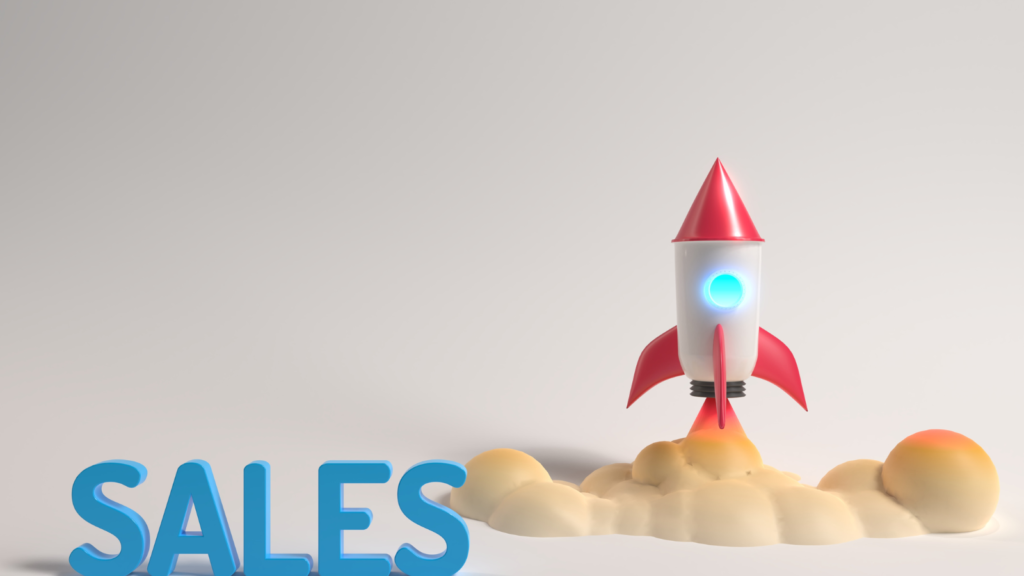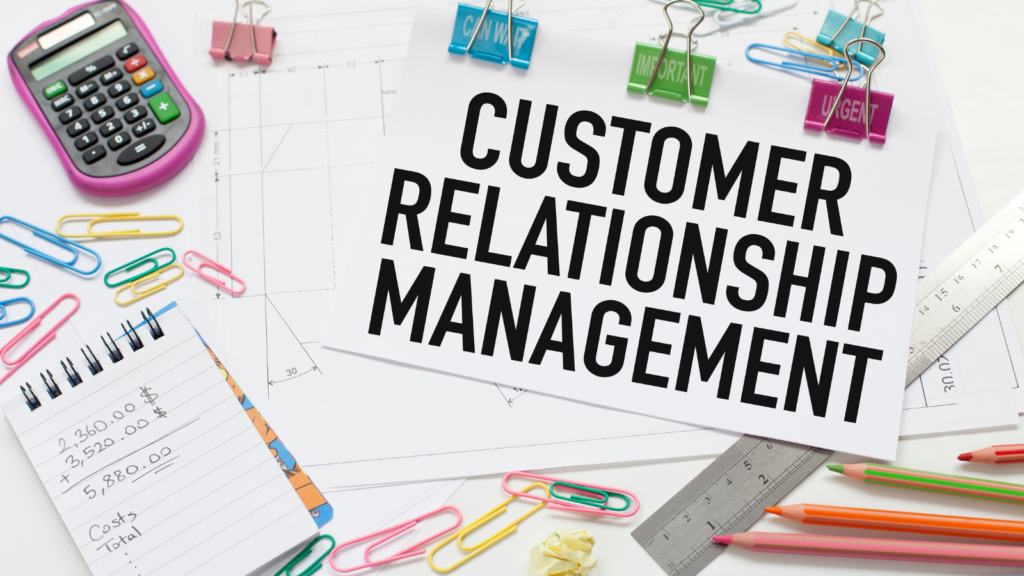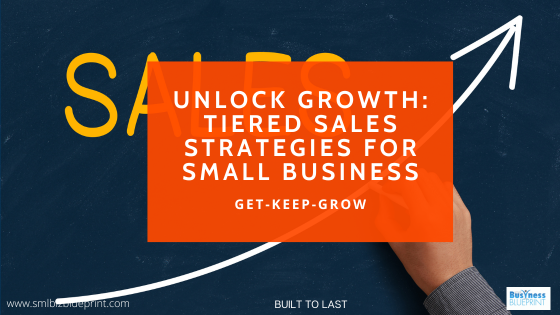In today’s competitive landscape, small businesses must capture the attention of their target audience and maintain and deepen those relationships over time.
A tiered sales strategy offers a dynamic framework for achieving this, guiding potential customers through increasing engagement and investment.
By understanding and implementing a structured approach to your offerings, you can transform first-time buyers into loyal advocates, ensuring sustainable business growth.
Join Our Newsletter. Get exclusive insights and tips on implementing effective business growth strategies.

Level 1: The Entry Point – Crafting Your Irresistible Offer
The foundation of any successful tiered sales strategy begins with an irresistible entry point.
This low-cost or value-driven offer is your chance to make a strong first impression, showcasing the quality and relevance of your products or services without asking for a significant financial commitment.
Whether it’s a discounted first purchase, a value-packed ebook, or a sample of your best-selling product, the goal is to demonstrate immediate value, establishing your business as a trusted authority in your field.
Key Action:
Identify a product or service that represents the core value of your business. Offer it at a minimal cost or with an added value that your target audience can’t resist.
Why This Works:
This approach lowers the barrier to entry for potential customers, making it easier for them to experience the quality and value of your offerings firsthand.
How to Implement:
Start by analysing your most popular products or services. Consider which item can be offered in a way that’s both enticing to your audience and feasible for your business. It could be a limited-time discount, a bundle with a high perceived value, or exclusive access to content that solves a specific problem for your audience.
Level 2: Building Loyalty – Nurturing Lasting Customer Relationships
Once your customers have experienced the initial value your business offers, the next step is to cultivate that relationship, turning one-time buyers into repeat customers.
Building loyalty is about consistently delivering value and exceeding expectations.
This can be achieved through a well-structured loyalty program, exclusive monthly subscriptions, or access to ongoing services that keep your customers engaged and appreciative of your unique benefits.
Key Action:
Develop a loyalty program or subscription service that rewards ongoing engagement and purchases. This could include exclusive discounts, early access to new products, or members-only content.
Why This Works:
Regularly providing value and recognition strengthens the customer relationship, making them more likely to choose your business over competitors.
How to Implement:
Consider what your customers value most about your business. Use this insight to create rewards or subscription services that enhance their experience.
For example, if you run a coffee shop, a subscription service offering a monthly selection of specialty beans could appeal to your regulars. For service-based businesses, offering a discount on the next service after a certain number of visits can encourage repeat bookings.
Level 3: Growing Commitment – Elevating Customer Investment
As your customers grow more familiar and satisfied with your offerings, it’s time to introduce them to more comprehensive solutions that cater to their evolving needs.
This level is about encouraging a deeper commitment through bundled services, comprehensive packages, or premium memberships. These offerings should deliver significant value that aligns with the increased investment, solidifying a mutually beneficial relationship.
Key Action:
Identify or create a premium offering combining several services or products into a comprehensive solution. Ensure this offering provides substantial value and addresses a broader range of your customers’ needs.
Why This Works:
Customers who have already experienced the value of your lower-tier offerings are more likely to invest in higher-value packages that promise enhanced benefits and results.
How to Implement:
Assess the needs and feedback from your current customer base to identify potential combinations of products or services that can be offered as a premium package.
For instance, a digital marketing agency might offer a bundled package that includes website optimisation, content creation, and social media management for a set period.

Level 4: Personalized Solutions – Customizing the Customer Experience
At this stage, the focus shifts to highly personalised and customised solutions tailored to your customer’s needs and preferences.
This level of service demonstrates a deep understanding of your customer’s business or personal goals and cements your role as an indispensable partner in their success.
Depending on your industry and expertise, personalised solutions can range from bespoke product creations to one-on-one consultancy services.
Key Action:
Develop a process for offering custom solutions that address your customers’ unique challenges or goals. This could involve detailed consultations, needs assessments, and personalised service or product development.
Why This Works:
Customised solutions lead to higher customer satisfaction and loyalty as they directly address the customer’s specific needs, making your business an integral part of their success story.
How to Implement:
Implement a consultation process that helps you deeply understand your customers’ needs. Use this information to tailor your services or products specifically for them.
For example, a software company might offer custom feature development for their enterprise clients, while a boutique fashion store could provide bespoke clothing design services.
Level 5: Exclusive Experiences – Offering Unparalleled Service and Access
At this advanced level, you focus on providing your most loyal and invested customers with exclusive experiences beyond conventional offerings.
This could involve access to limited-edition products, private events, or one-on-one access to your expertise. The aim is to create a sense of luxury and exclusivity, making your customers feel valued and part of an elite group.
Key Action:
Design unique, high-value experiences or products available only to a select group of customers. This could range from an exclusive retreat for top clients to early access to new products or services.
Why This Works:
Offering exclusive experiences fosters a sense of belonging and prestige among your customers, enhancing their loyalty and advocacy for your brand.
How to Implement:
Identify what your high-tier customers value most and develop exclusive offerings around those insights.
For instance, a wellness brand might host a luxury wellness retreat in an exotic location for its top-tier clients, offering personalised health coaching and wellness activities.
Level 6: The Inner Circle – Cultivating Elite Partnerships and Masterminds
Reaching the pinnacle of the tiered sales strategy involves inviting your most committed customers into ‘The Inner Circle’—an elite group that offers unparalleled access to your business’s insights, network, and strategic partnerships.
This level is about creating a community of high-achieving individuals or businesses that benefit from mutual growth, exclusive knowledge sharing, and direct input into your future offerings.
Key Action:
Establish an elite mastermind group or partnership program that offers your highest-value customers direct access to your business’s leadership, advanced insights, and the opportunity to influence product development or service offerings.
Why This Works:
Being part of such an exclusive group provides customers with significant value through advanced insights, networking opportunities, and the feeling of being integral to your business’s success, fostering unparalleled loyalty and long-term commitment.
How to Implement:
Identify high-spenders, actively engaged, and potentially influential customers in your industry. Invite them to join an advisory board, participate in a mastermind group, or become part of a strategic partnership program, ensuring clear and compelling benefits.

Key Takeaways:
To successfully implement a tiered sales strategy, a business owner must understand and have in place the following key elements:
Deep Customer Insight:
It’s crucial to thoroughly understand your customer base, including their needs, preferences, purchasing behaviour, and pain points. This insight allows you to tailor each tier of your sales strategy to offer your customers the most relevant and appealing solutions. Techniques such as customer surveys, feedback loops, market research, and data analysis are invaluable in gaining these insights.
Clear Value Proposition at Each Tier:
Each level of your tiered strategy must offer distinct and compelling value that justifies the increased investment from the customer. This means enhancing the features or services provided at higher tiers and ensuring that your customers clearly communicate and understand the benefits of moving to a higher tier. The value proposition should be easily recognisable and resonate with your target audience’s specific desires and needs at each stage.
Scalable and Efficient Operations:
To deliver on the promises of your tiered offerings, your business operations must be scalable and efficient. This includes having the right systems, processes, and team in place to handle the varied demands of each tier without compromising quality or customer experience. Whether leveraging technology, optimising your supply chain, or ensuring your team is well-trained and aligned with your business goals, operational efficiency is key to sustaining and scaling your tiered sales strategy.
Creative Catalysts
Gamification Elements:
Introducing game-like mechanics such as points, badges, leaderboards, or challenges at various tiers can significantly boost customer engagement and loyalty. For example, customers could earn points for each level of engagement or tier they reach, which can then be redeemed for rewards. This makes the customer journey more engaging and fun and encourages deeper interaction with your offerings.
Community Building:
Fostering a sense of community among your customers, especially at higher tiers, can be incredibly powerful. This could be through exclusive online forums, social media groups, or in-person meetups where customers can share experiences, offer support, and discuss your products or services. This sense of belonging can increase customer loyalty and turn your top-tier customers into brand ambassadors.
Personalised Learning and Development Opportunities:
Offering personalised learning experiences like workshops, webinars, or one-on-one coaching sessions tailored to customers’ interests and needs at different tiers can add significant value. For instance, a business could offer basic educational content at the entry-level and more advanced, personalised learning experiences at higher tiers. This helps build expertise and trust and deepens the customer’s investment in their journey with your brand.
Implementing a tiered sales strategy allows you to nurture customer relationships at every level, from the initial attraction with an irresistible offer to cultivating an exclusive community of your most valuable clients.
By structuring your offerings to cater to the evolving needs of your customers, you not only increase their lifetime value but also transform them into advocates for your brand.
Each level of the strategy is designed to deepen the customer’s commitment, enhance their experience, and solidify their loyalty to your business.
Remember, the key to a successful tiered sales strategy is understanding your customers’ needs and continuously delivering value that exceeds their expectations.
As you guide them through each level, focus on quality, personalisation, and exclusivity to ensure your business remains their preferred choice.
FAQs
What is a tiered sales strategy?
A tiered sales strategy is a structured approach to customer engagement and sales, where offerings are segmented into different levels, each providing increasing value and requiring greater customer commitment.
How can small businesses implement a tiered sales strategy?
Small businesses can start by identifying different customer segments and their needs, then creating tailored offerings catering to them at various commitment and price points.
What are the benefits of a tiered sales strategy?
This strategy helps maximise customer lifetime value, improve customer satisfaction through personalised offerings, and enhance customer loyalty and retention.
Can a tiered sales strategy work for any type of business?
Yes, with careful planning and understanding of your customer base, a tiered sales strategy can be adapted to suit businesses across various industries.
How do I move customers to higher tiers in the strategy?
Provide exceptional value and customer service, clearly communicate the benefits of higher-tier offerings, and utilise targeted marketing strategies to encourage customers to graduate to higher levels.




